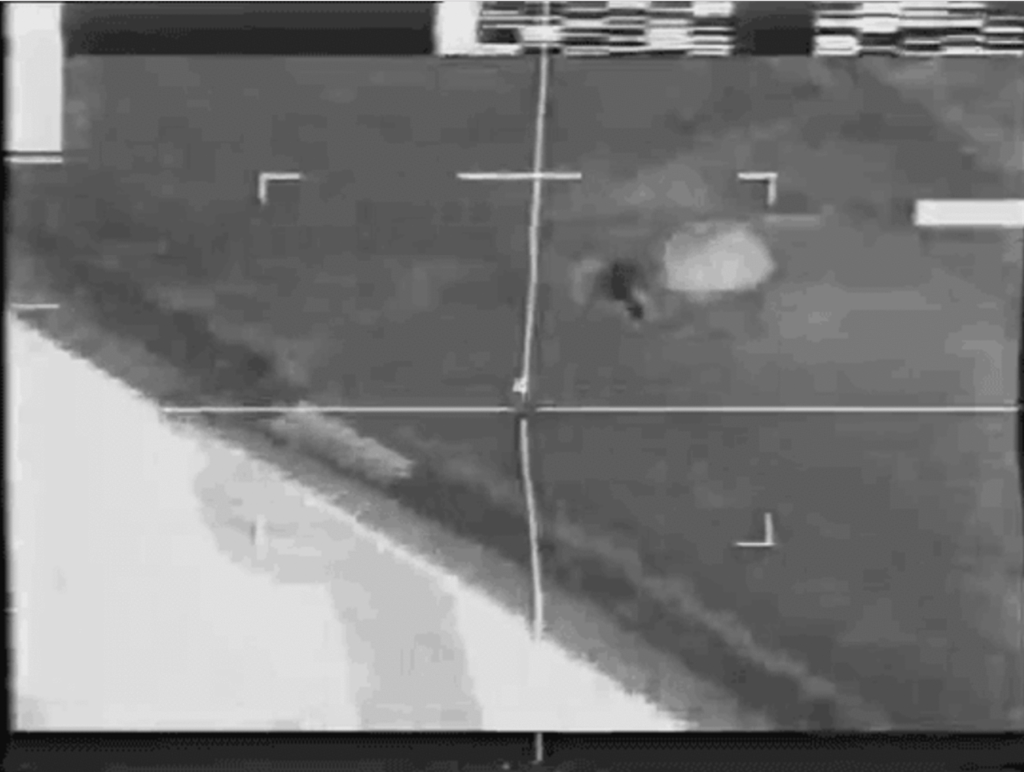
Harun Farocki, still from War at a Distance, 2004
Finally, in the book’s provocative coda, Yanai Toister pursues the operative images of drone aesthetics into a seemingly inevitable endpoint: postvisual images in which the image exists only as code, invisible to the human and yet imagistic nonetheless. Reading Harun Farocki alongside Wolfgang Ernst, Freidrich Kittler, and others, Toister calls for a recognition of aesthetics that does not depend at any point on the human sensorium – and that in fact loses its defining qualities as soon as it is rendered for our perception. In this sense, then, the post-visual image signals a potential future for drone aesthetics in and beyond war, culture, and ecology: drone aesthetics as a defining form of sensing and sense-making in futures in which political struggles over drone logics and their entanglement with life become ever more vital to the distribution of the sensible. (Beryl Pong and Michael Richardson)